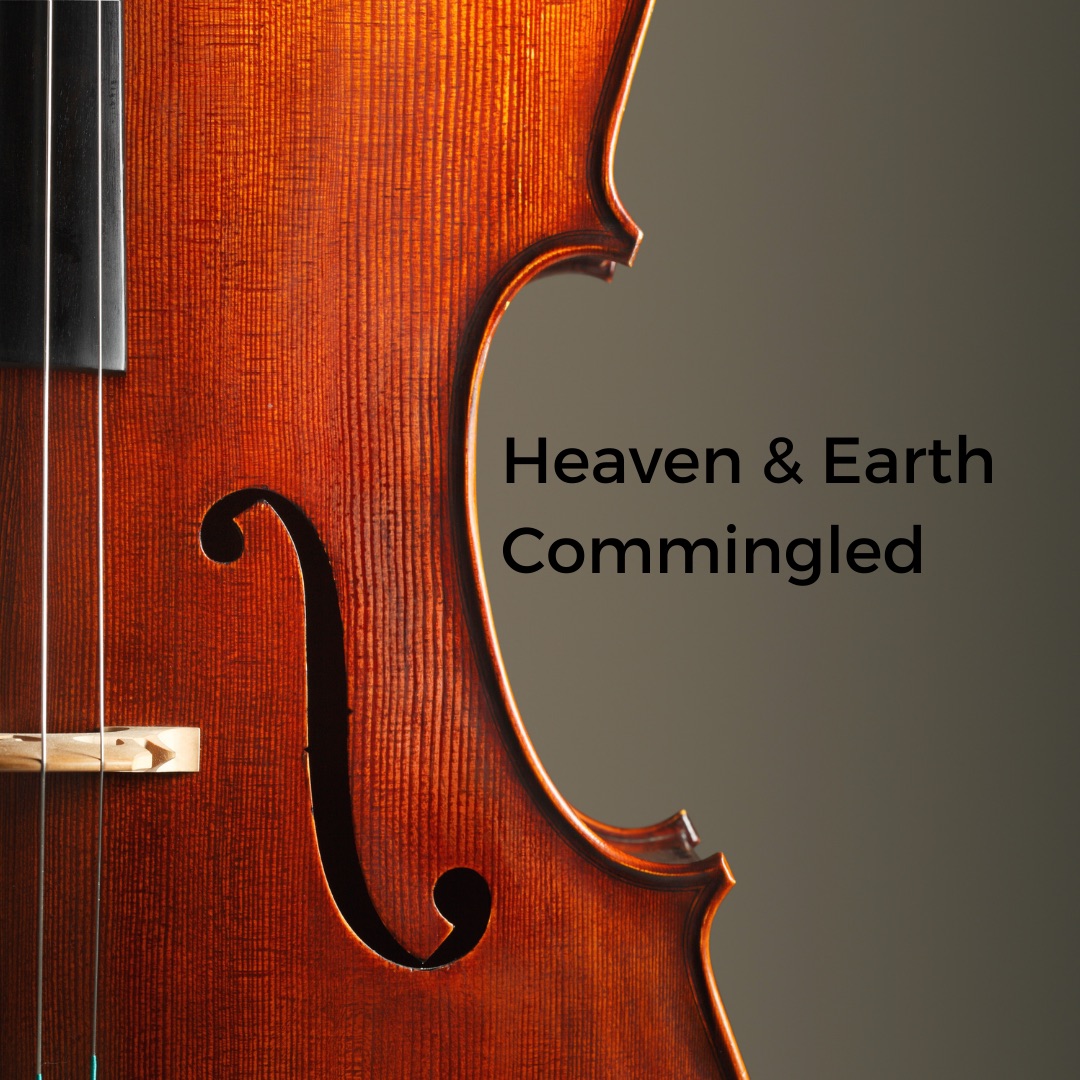
To make divine things human and human things divine—such is Bach.
— Pablo Casals
Around 1720, though no one is quite sure of the exact date, Johann Sebastian Bach composed a series of suites for the cello. This was unusual at the time, as the cello was then considered little more than a background instrument providing a percussive bass line for orchestral performances. No one besides Bach was writing solos for the humble, cumbersome cello. And, as might have been expected given these circumstances, upon their publication no one seemed too interested in his unique composition. Many even mistook the almost mathematical progression of notes that flow through the work as a series of mere technical exercises for the plodding instrument. This is all to say, practically no one played Bach's Cello Suites while he was alive.
Bach died in 1750, and though it seems inconceivable today, he soon fell into relative obscurity. It wasn't until 1823, when a German woman named Bella Salomon presented the score of Bach's St. Matthew's Passion to her 15-year-old grandson, that the composer's work really began to come to light again. The piece so captivated the woman's grandson that he soon dreamt of little else than conducting its performance one day. The dreaming youngster's name was Felix Mendelssohn, and when he realized his aspirations in 1829, staging a performance of St. Matthew's Passion for an audience in Berlin, it set off a worldwide reexamination of Bach, ushering in a new appreciation for his almost unmatched genius.
However, while Bach himself had been rediscovered, the Cello Suites had gone almost completely missing. Another sixty years passed before a 13-year-old boy, a young cello prodigy named Pablo Casals, came upon a single secondhand copy of the Cello Suites in a small Barcelona bookstore. "I began browsing through a bundle of musical scores [and] suddenly came upon a sheaf of pages, crumpled and discolored with age. I looked at them with wonder." The teenager bought the music with money he'd earned playing his cello on the Spanish streets, took it home, and began to play it, and play it again. And again. It took him twelve years before he felt prepared to perform any of the suites in public, but when he did, everyone went crazy for them and for him as well. "This man does not perform," Norwegian composer Edvard Grieg said of Casals, "he resurrects!" By 1936, Casals had become the most famous cellist in the world and recorded the Cello Suites—the first time anyone had done so. His recording remains beloved today, inspiring cellists like Yo-Yo Ma, as well as mere mortals like us. Like me.
I have no real background in music unless my middle school band experience and a handful of piano lessons count. (I assure you, they do not.) And I certainly have no training or expertise in classical music or Bach's compositions. Further, I have no training in neuroscience and am unable to clearly articulate what makes the Cello Suites so enchanting and enduring, but my personal experience listening to them produces this: first, a mysterious consolation of the soul; and second, an equally mysterious alignment between heart and mind which produces something halfway between a feeling and a thought that's both beautiful and catalyzing, both calming and stirring. Listening to Bach's Cello Suites seems to steer me into a space in which the artistic and the rational somehow blend into a harmonious whole and the barriers separating the terrestrial and the spiritual, the physical and the ephemeral, begin to break down, dissolve, and commingle with one another. I hold no seminary degree either, but it all seems tangentially connected to how we experience our faith as well—in a place somewhere between feeling and thought—the place from which Christ summons us with this prayer to God: Thy will be done, on earth as it is in heaven.
Experience Yo-Yo Ma - Bach: Cello Suite No. 1 in G Major, Prelude here.
Indeed, all who pray this prayer on a regular basis are called to inform the physical with the spiritual, to bring a sense of the eternal to the temporal, and the sacred to the mundane—to commingle heaven and earth. To bridge this gap, to commingle heaven and earth is the task and opportunity that God puts on offer to us each day—to make divine things human and human things divine. It is what Bach did, Casals said. So should it be for all of us.
God — May heaven and earth commingle in me and through me. Amen.
— Greg Funderburk





